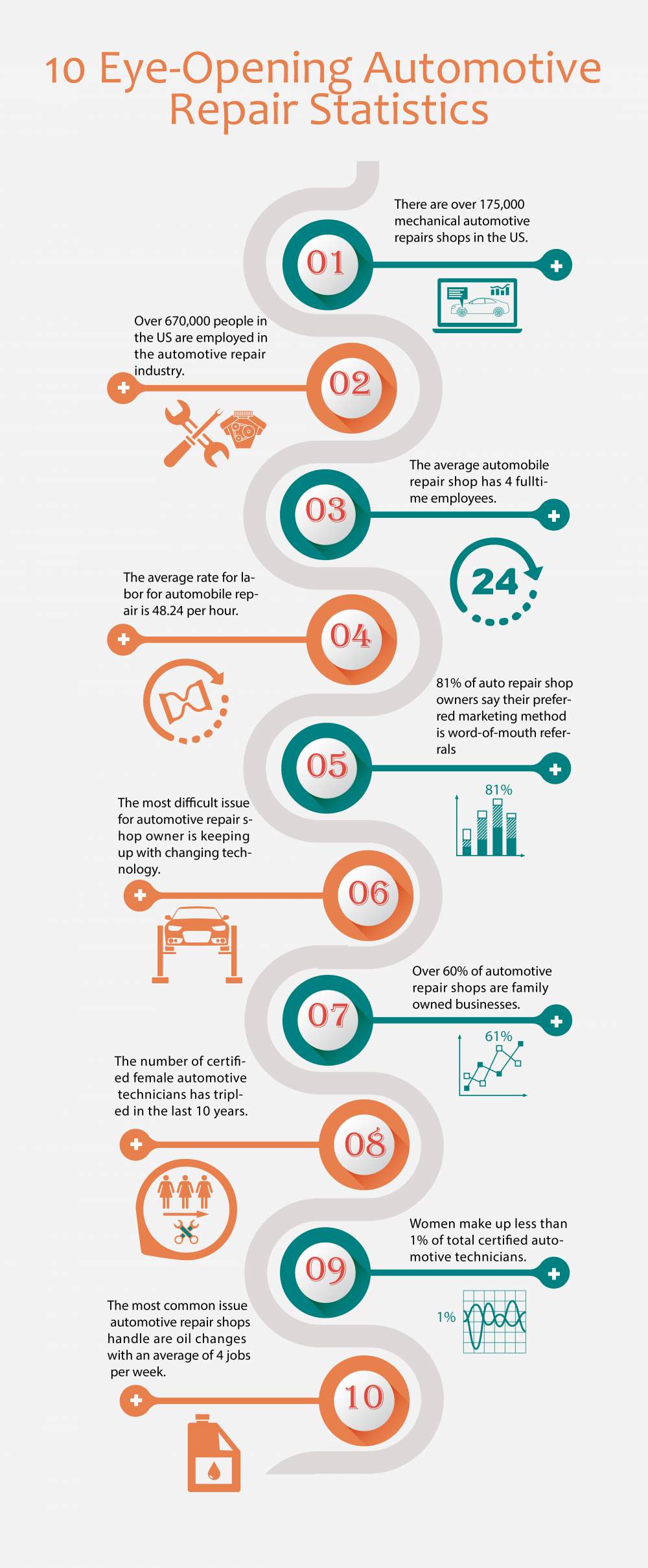Translating Your Vehicle'S Alert Lights: Their Real Implications
Translating Your Vehicle'S Alert Lights: Their Real Implications
Blog Article
Material Writer-Termansen Dalgaard
When you're behind the wheel, those radiant caution lights on your dashboard can be a little bit difficult. Do you recognize what they're attempting to tell you concerning your automobile's wellness? Understanding the relevance of these lights is crucial for your safety and security and the durability of your vehicle. So, the next time one of those lights turns up, would not you want to decode its message precisely and take the needed steps to address it?
Common Caution Lighting and Interpretations
Recognize usual warning lights in your automobile and recognize their meanings to make certain secure driving.
The most typical caution lights consist of the check engine light, which signifies issues with the engine or emissions system. If this light begins, it's critical to have your car inspected immediately.
The oil pressure alerting light suggests reduced oil stress, needing prompt focus to avoid engine damages.
A flashing battery light might recommend a defective billing system, potentially leaving you stranded otherwise addressed.
The tire stress monitoring system (TPMS) light signals you to low tire pressure, affecting vehicle security and gas effectiveness. Overlooking this might bring about harmful driving conditions.
https://rylanrnicx.blogripley.com/30883503/important-tools-that-every-auto-fixing-center-ought-to-consist-of shows an issue with the anti-lock braking system, endangering your capacity to stop rapidly in emergencies.
Lastly, the coolant temperature warning light warns of engine overheating, which can cause extreme damage if not settled swiftly.
Understanding these typical warning lights will help you resolve concerns immediately and maintain safe driving problems.
Value of Prompt Interest
Understanding the typical caution lights in your vehicle is just the very first step; the relevance of promptly attending to these cautions can not be stressed sufficient to guarantee your safety and security on the road.
When a caution light brightens on your dashboard, it's your cars and truck's means of interacting a potential concern that requires attention. Neglecting https://www.carandbike.com/news/how-to-remove-fog-from-cars-windshield-tips-to-defog-car-during-rain-2690095 can result in more extreme issues down the road, endangering your security and potentially costing you much more out of commission.
Motivate attention to advising lights can prevent breakdowns and mishaps. As an example, a blinking check engine light could show a misfire that, if left ignored, could trigger damage to the catalytic converter. Addressing this quickly can conserve you from a costly repair service.
In a similar way, a brake system cautioning light could indicate reduced brake liquid or used brake pads, critical parts for your security when driving.
Do It Yourself Troubleshooting Tips
If you discover a caution light on your control panel, there are a couple of DIY fixing tips you can attempt before looking for specialist aid.
The primary step is to consult your automobile's handbook to understand what the particular caution light indicates. Sometimes the problem can be as straightforward as a loosened gas cap causing the check engine light. Tightening the gas cap might deal with the trouble.
Another usual issue is a low battery, which can trigger different warning lights. Examining the battery connections for deterioration and guaranteeing they're safe could fix the issue.
If a caution light continues, you can try resetting it by disconnecting the auto's battery for a couple of mins and after that reconnecting it. Additionally, examining your automobile's fluid degrees, such as oil, coolant, and brake fluid, can aid fix advising lights related to these systems.
Conclusion
Finally, understanding your car's caution lights is vital for maintaining your car running efficiently and securely. By immediately resolving these alerts and understanding what they suggest, you can avoid costly fixings and potential break downs.
Keep in mind to consult your automobile's handbook for certain details on each cautioning light and do something about it appropriately to ensure a trouble-free driving experience.
Remain educated, stay safe when driving!
